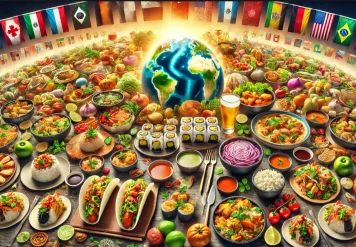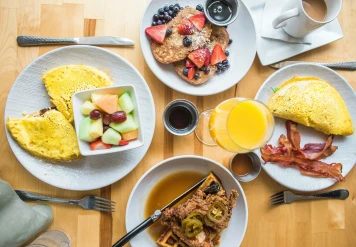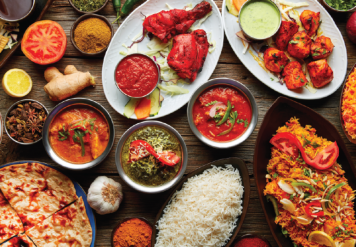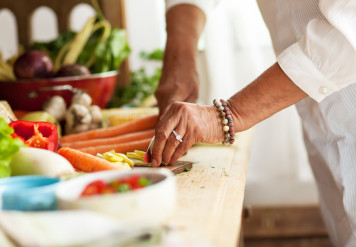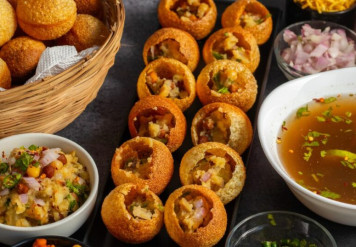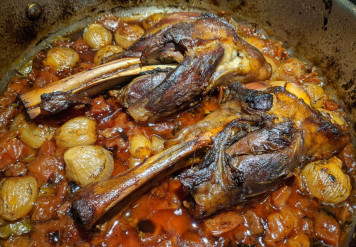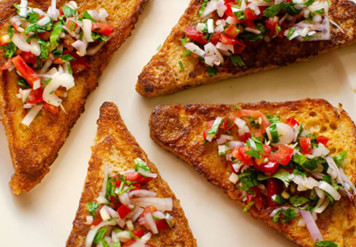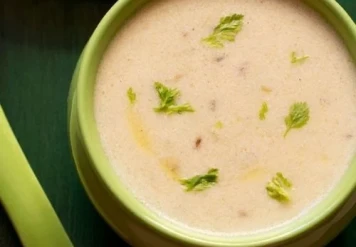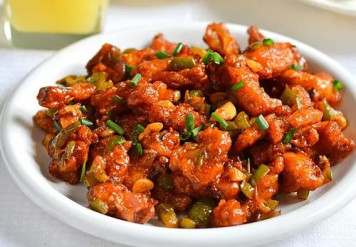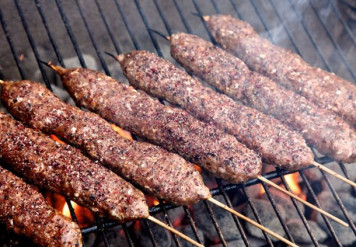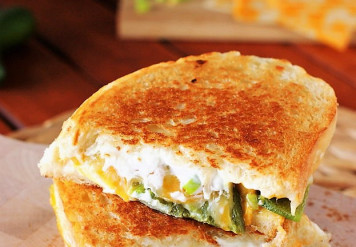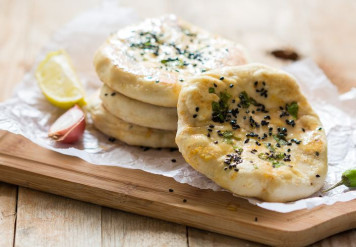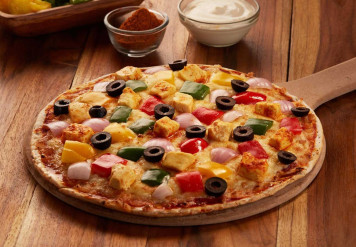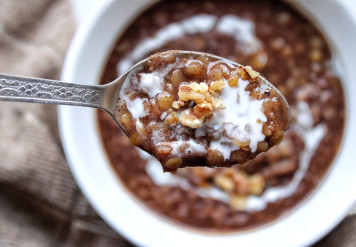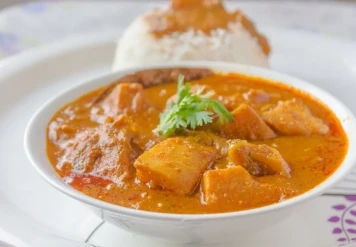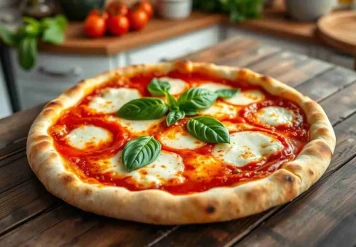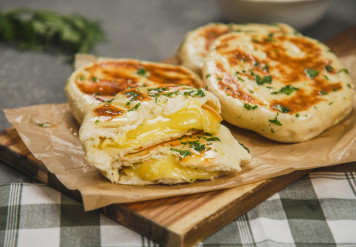Food Culture – Especially Indian Cuisine
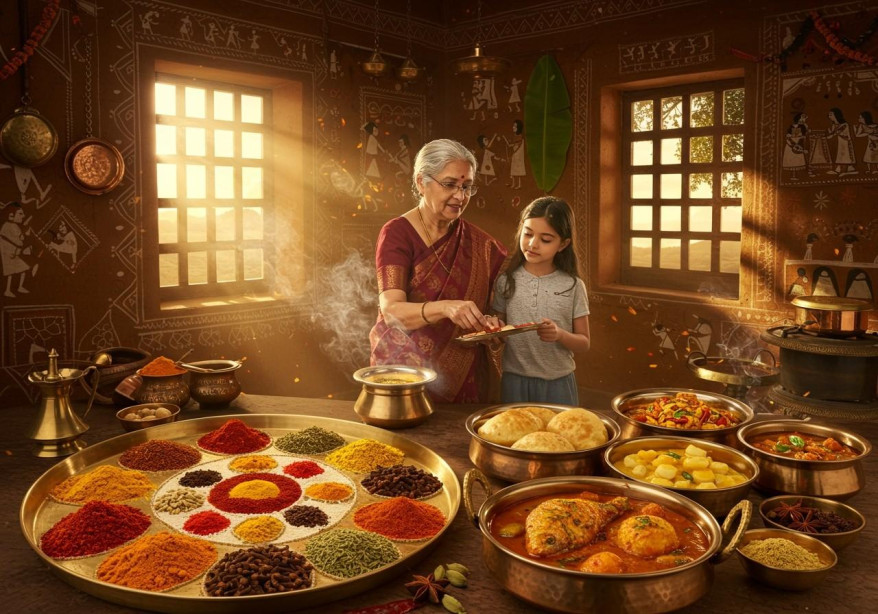
Food is more than just nourishment—it’s a reflection of culture, tradition, and community. In India, food is deeply woven into daily life, festivals, and rituals, making it one of the richest culinary cultures in the world.
Before you begin
Indian food culture is as diverse as the country itself. From the fiery curries of the south to the rich, creamy dishes of the north, every region has its own ingredients, techniques, and traditions. What unites them all is the philosophy that food connects people and celebrates life.
Here are the basics
Regional Diversity: North India is known for wheat-based breads like roti and naan, while the South favors rice and dosa. Eastern states love sweets, and the West embraces spicy curries and street food.
Spices as Identity: Indian cuisine is defined by its use of spices. Turmeric, cumin, cardamom, and cloves not only add flavor but also carry medicinal properties.
Festivals and Food: Each festival has its signature dish—like laddoos for Diwali, gujiyas for Holi, and sevaiyan for Eid—making food an inseparable part of celebration.
Community and Sharing: Meals are often eaten together as a family or community, reflecting the Indian value of “annam parabrahma”—food as divine.
In the kitchen
Indian cooking balances flavors—sweet, sour, salty, bitter, and spicy. A simple thali (platter) often includes dal, vegetables, rice, bread, chutney, and dessert, symbolizing balance in life.
Street food is another highlight of Indian food culture. From Mumbai’s vada pav to Delhi’s golgappas, every bite tells a story of local taste and creativity.
Cooking methods also vary widely. While tandoor ovens are used for smoky flavors in the north, steaming is common in the south for dishes like idlis. Fermentation, pickling, and slow cooking are traditional techniques still cherished today.
Indian food culture is not just about eating—it’s about storytelling, tradition, and connection. Every meal carries history, every spice a legacy, and every dish a memory worth sharing.

